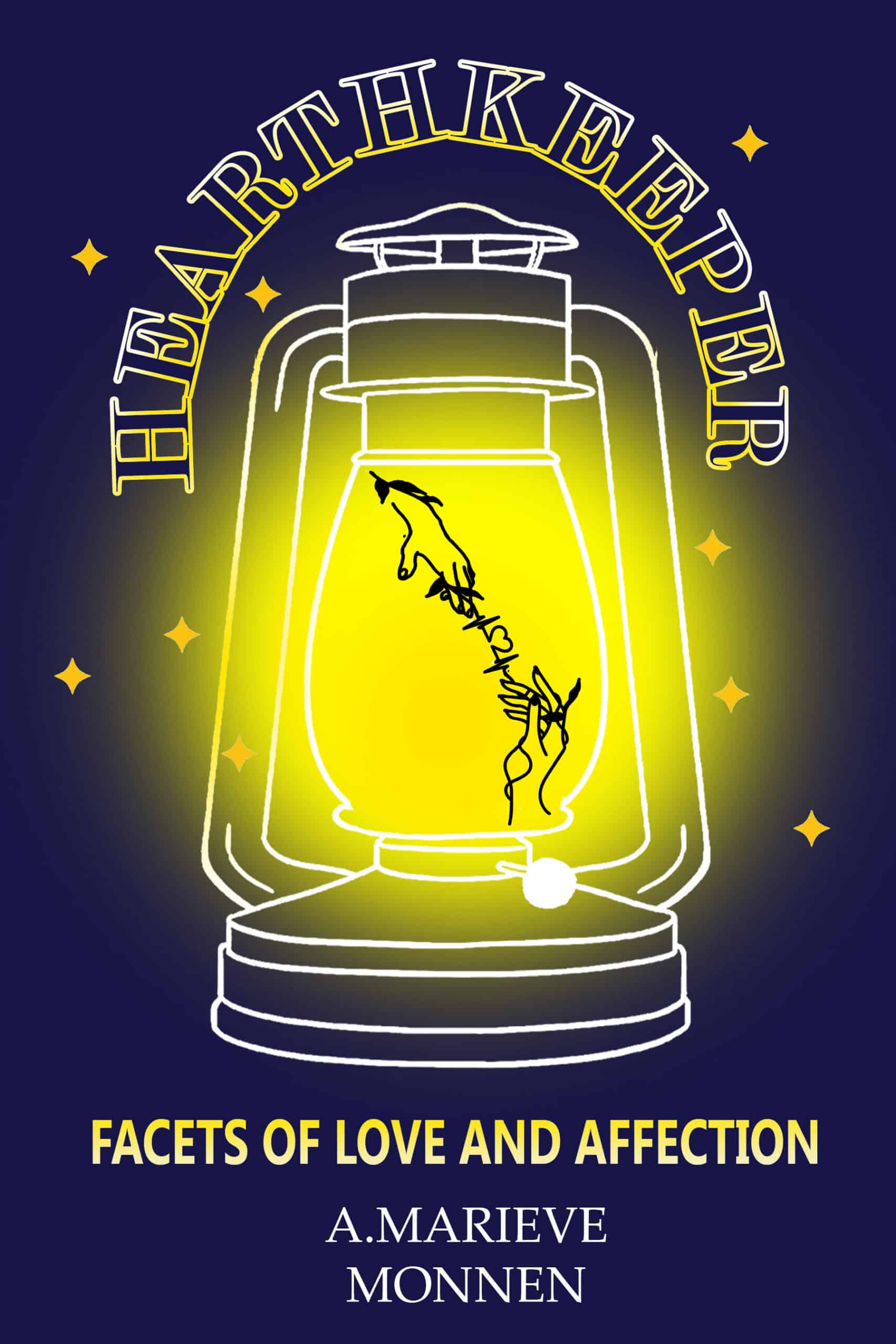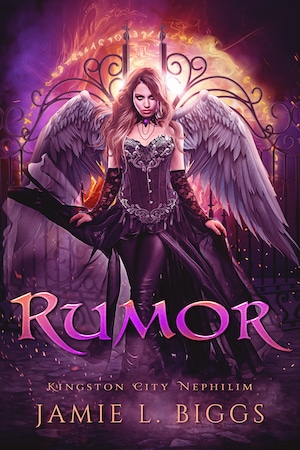It’s time to write that scene. You know, the one you’ve been avoiding. You’ve sketched out your character and the scene’s objective, but how do you get your character from point A to point B? What exact words should he use? What specific actions should she take to accomplish her scene goal?

If you’ve ever faced that blank page with these questions in mind, you’ll be pleased to learn about three techniques, borrowed from the actor’s playbook, that will boost your writing and make your story shine. Let's take a look at how to write a scene with the mindset of an actor.
The Frustration of a Stagnant Scene
How many times can you hit the delete key before your head explodes?
We’ve all been there. You tap out a couple of sentences and read them back to yourself, but something’s off. Fred wouldn’t behave that way. Sally wouldn’t say that. And nothing productive is happening in the scene.
You backspace and try again, but it all sounds so uninspired. So flat.
If you’re not feeling it, your readers won’t feel it either. One of life’s many distractions will pull them away from your story, and you haven’t given them a reason to return. Emotional engagement, resonance on a personal level, is what draws us to a story. And that comes from connecting with a character in a real, believable way.
So, how do you tap into inspiration?
1. Set the Stage
In Stephen King’s magnificent memoir, On Writing, he talks about how the writer’s job is to picture the scene as clearly as possible and write what happened. He says, “Description begins in the writer's imagination, but should finish in the reader's. . . . Visualize what you want your reader to experience, and then translate what you see in your mind into words on the page.”
As writers, we need to use details that stimulate the senses. For the reader’s benefit, and for our own. Details that are fresh and specific, filtered through the character’s opinion, engaging emotion.
Don’t get caught in the weeds. We don’t need to know how many buttons on a character’s shirt and which way the threads attaching them are crossed. Unless your character is an exacting seamstress.
Not sure how to write a scene? Provide the reader with select, vivid images that spring from the types of details your particular character would notice.
Avoid fake detail
I’ve learned a lot of creative wisdom and technique from Dean Wesley Smith, who teaches online workshops on the craft and business of writing. He cautions against using fake details, meaning generics that cause the reader to form an image that may later be shattered, yanking them right out of the story.
For instance, if you use the word “tree,” your reader may envision maple trees. When you later specify Ponderosa Pine, you fracture their mental picture, distancing them from your story.
Paint the image with specific detail, and be consistent.
2. Get Into Character
Once you’ve set the stage with vivid and specific detail, you’ll be able to get yourself, and your reader, into character.
In Voice: The Secret Power of Great Writing, James Scott Bell writes, “You, the author, must identify with the character so closely that you feel what the character feels, think what the character thinks. This is what great actors do.”
He tells how he trained with the great Uta Hagen and her disciple, Tracy Roberts. They taught him to research the character he’s going to play, then find ways to inject his own emotional and sensory memories into the part. Writers can use a similar method to develop a character with genuine and realistic traits and behaviors.
Be what you wish to seem
To the technique described above, add this from theater director Michael Chekhov: the psychological gesture.
The theory behind this is that our physiology informs our psychology. If you want to feel tired, hunch over, drag your steps, hang your head. If you want to feel sexy, throw your shoulders back, pout your lips, put on your bedroom eyes.
When an actor takes on the specific physical position of a character, it can immediately make him feel like that character.
Ground yourself on the stage you’ve set, and combine these techniques to become the character, feeling what he feels, saying what he would say, behaving as he would. Then write it.
Of course, using this technique may present a challenge if you write in a coffee shop or at the library. Even so, an internal, mental application of these techniques can yield amazing results.
3. Master the Beat
Beats are a staple in the actor’s toolbox and mastering them is what sets a great actor above an adequate one.
A beat is an instant of great significance, an identifiable moment of change. Shawn Coyne discusses them at length in The Story Grid and relates them to that vital moment when the scene turns. When either an action or a revelation changes the dynamic.
He describes it on his podcast as that moment when the guy is proposing and the audience sees the woman stifling laughter. Nothing is said, but we see it and it means everything.
If your scene doesn’t contain a moment when the dynamic shifts in some significant way, from positive to negative or the other way around, what’s it doing in your manuscript? It’s time to question the purpose of the scene and consider cutting it or absorbing it into another, more robust, scene.
Harness the power of the paragraph
Beats are often expressed on the page by setting them apart in their own paragraph. Don’t underestimate the power of the paragraph key. Hit it often, keeping your paragraphs short, and surround those significant moments with white space.
It’s the writer’s equivalent of the movie director’s da-da-da-dum.
Harness these acting skills and put them to work in your scenes.
Your Scene Writing Action Plan
Now, when facing that blank page, you have an action plan for how to write a scene:
- Set the stage with specific, sensory detail, filtered through your character’s eyes and emotions.
- Get into character by yoking your own experiences with the needs of your character and striking the physical postures and gestures that will cast you in his shoes.
- Point a dramatic spotlight at the turning point, using the beat to energize the scene.
Employ these techniques and your story will leap off the page.
What techniques have you used to successfully get into character? Do you have more tips for how to write a scene? Let us know in the comments.
PRACTICE
Take fifteen minutes to practice this powerful method. With a character and scene goal in mind, set your mental stage and get into character with physical action, synthesizing your personal memories and experiences with the traits and behaviors of the character. Then act and/or picture the scene. And write what happened.
Don't have a character to write about? Try this prompt: After a rough day, a single mom goes on a blind date.
In the comments, share your scene and tell us about your experience. Did your character come alive? Was it easier to write from the character’s point of view? Were you able to identify the turning point? Did the character accomplish the scene goal?
Be sure to leave feedback for your fellow writers.
This article is by a guest blogger. Would you like to write for The Write Practice? Check out our guest post guidelines.



Great breakdown of scene-writing through the lens of theater! I love how you emphasize the importance of clear objectives, obstacles, and stakes—key elements that keep both scenes and entire stories compelling.
One technique I’ve found helpful is treating every scene like a mini-story with its own arc, even in longer narratives. If a scene doesn’t advance the plot or deepen character, it might need reworking. Also, your point about ‘entrances and exits’ is spot-on; how characters enter or leave a scene can subtly shift power dynamics or tension.
For anyone struggling with pacing, try scripting a scene as pure dialogue first, then layer in action and description. It keeps the focus on conflict and momentum.